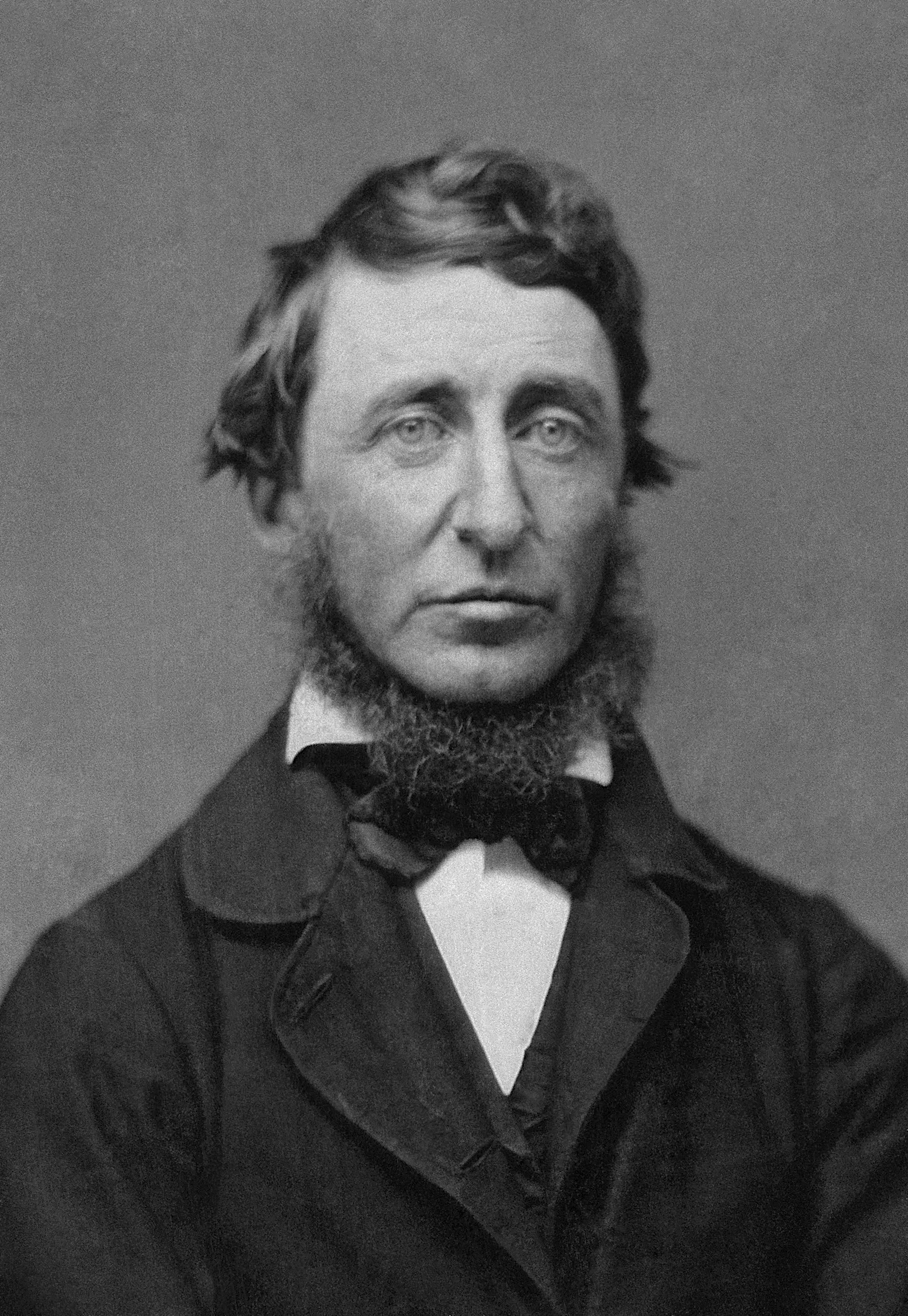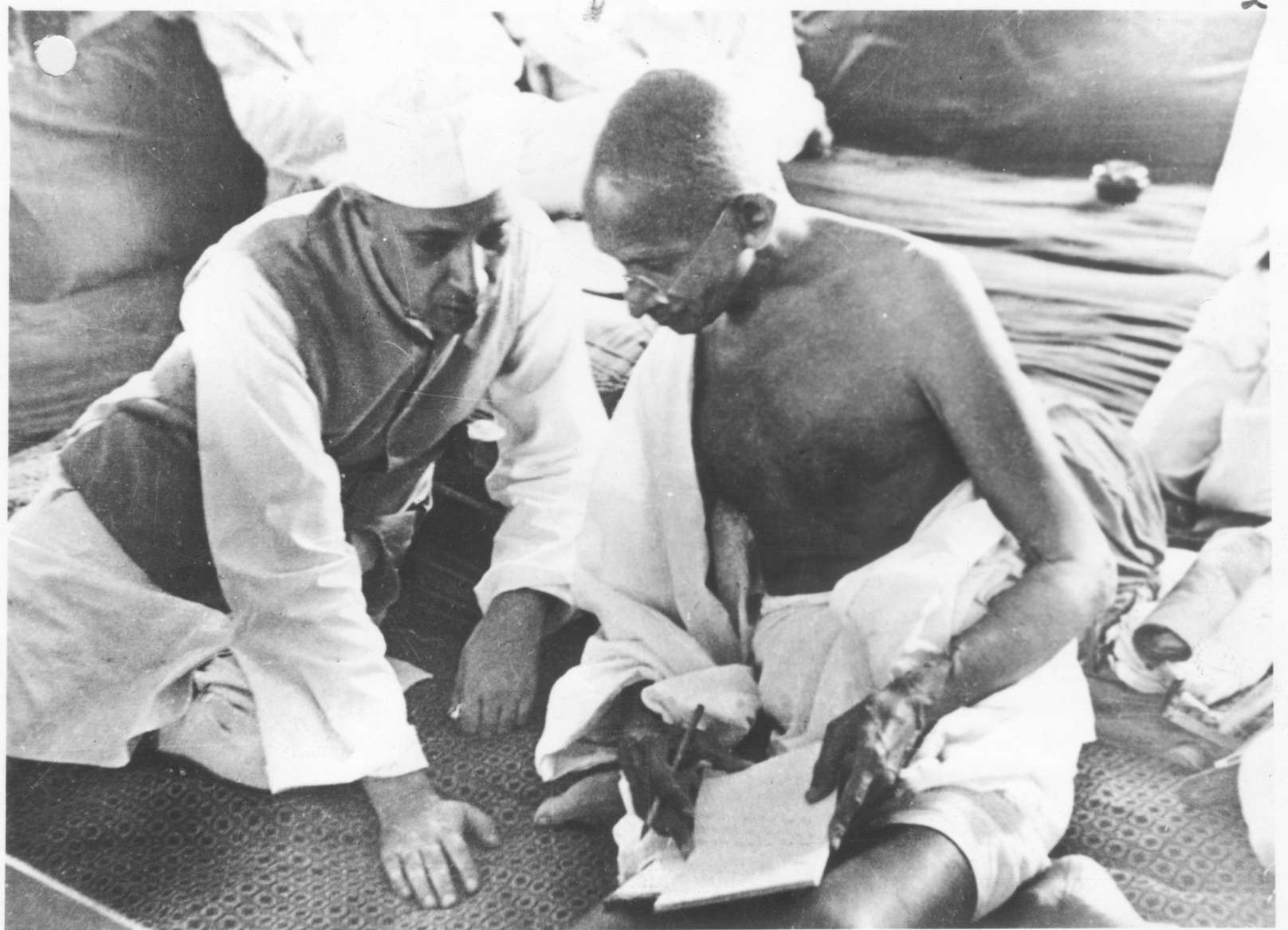|
Anant Maral Shastri
Anant Maral Shastri (1912–1999) was an Indian freedom fighter, journalist, literary figure, poet, Sanskrit scholar, linguist and bureaucrat. At a very young age, he left Ambikapur, now in Chhattisgarh, and joined Kashi Vidyapeeth, a nationalist institution of learning in Varanasi, where he found a Guru in Acharya Narendra Dev, a great freedom fighter, scholar and teacher. Front-ranking Freedom Fighters At Kashi Vidyapeeth, Acharya Narendra Deva and Acharya JB Kriplani, both renowned freedom fighters, were Anant Maral's teachers. Lal Bahadur Shastri, who rose to become Prime Minister of India after the death of Pandit Jawaharlal Nehru, and Kamlapati Tripathi, who later became the chief minister of Uttar Pradesh, were his contemporaries at Kashi Vidyapeeth. Civil Disobedience Movement 1930-32 There was a two-year period between 1930 and 1932 during the Civil Disobedience Movement, when the British had gagged the press. Anant Maral went underground to evade arrest and publi ... [...More Info...] [...Related Items...] OR: [Wikipedia] [Google] [Baidu] |
Acharya Narendra Deva With Anant Maral Shastri
In Indian religions and society, an ''acharya'' (Sanskrit: आचार्य, IAST: ; Pali: ''ācariya'') is a preceptor and expert instructor in matters such as religion, or any other subject. An acharya is a highly learned person with a title affixed to the names of learned subject. The designation has different meanings in Hinduism, Buddhism and secular contexts. ''Acharya'' is sometimes used to address an expert teacher or a scholar in any discipline, e.g.: Bhaskaracharya, the expert mathematician. Etymology The Sanskrit phrase ''Acharam Grahayati Acharam Dadati Iti Va'' means ''Acharya'' (or teacher) is the one who teaches good conduct to one's students. A female teacher is called an ''achāryā,'' and a male teacher's wife is called an ''achāryāni'' In Hinduism In Hinduism, an ''acharya'' is a formal title of a teacher or guru, who has attained a degree in Veda and Vedanga. Prominent acharyas in the Hindu tradition are as given below : *Adi Sankaracharya *Ramanu ... [...More Info...] [...Related Items...] OR: [Wikipedia] [Google] [Baidu] |
Indira Gandhi With Anant Maral Shastri
__NOTOC__ Indira may refer to: People * Indira (name) Films and books * ''Indira'', an 1873 novella by Bankim Chandra Chatterjee * ''Indira'' (film), directed by Suhasini Manirathnam * ''Indira'' (1989 film), a Hindi film (Hema malini as Indira ) * * * * ''Indira Vizha'', directed by K. Rajeshwar Others * Indira is a byname of Lakshmi, the Hindu goddess of prosperity, good luck, and beauty * Indira Col, a col in the Karakoram mountains * Indira Gandhi National Centre for the Arts, an Indian premier government-funded arts organization * Indira Kala Sangeet University, a public university in Chhattisgarh's state * Indira Marathon, an Indian national annual full marathon held in Allahabad * Indira Mount Indira Mount is a seabed mountain in the Antarctic Ocean (also known as the Southern Ocean). It was discovered during the First Indian Expedition to Antarctica (1981–82) when the team was moving from Mauritius to Antarctica. It was named as Indir ..., an Indian seabed mountai ... [...More Info...] [...Related Items...] OR: [Wikipedia] [Google] [Baidu] |
Mahatma Gandhi Kashi Vidyapith
Mahatma Gandhi Kashi Vidyapith is a public university located in Varanasi, Uttar Pradesh, India. Established in 10 February 1921 as Kashi Vidyapith and later renamed, it is administered under the state legislature of the government of Uttar Pradesh. It got University status in 1974 as Deemed to be University and State University status in 2009 by The Uttar Pradesh State Universities (Amendment) Act, 2008 (act no. 6 of 2009). The university has more than 400+ affiliated colleges spread over six districts. It is one of the largest state universities in Uttar Pradesh, with hundreds of thousands of students, both rural and urban. It offers a range of professional and academic courses in arts, science, commerce, agriculture science, law, computing and management. Foundation Babu Shiv Prasad Gupta and Bhagwan Das established the university in Varanasi, on 10 February 1921, during the non-cooperation movement of the freedom struggle. Originally named Kashi Vidyapith, the university wa ... [...More Info...] [...Related Items...] OR: [Wikipedia] [Google] [Baidu] |
Narendra Deva
Acharya Narendra Deva (; also Dev; 30 October 1889 – 19 February 1956) was one of the leading theorists of the Congress Socialist Party in India. His democratic socialism renounced violent means as a matter of principle and embraced the ''satyagraha'' as a revolutionary tactic. Dev was first drawn to nationalism around 1915 under the influence of B G Tilak and Aurobindo Ghosh. As a teacher he became interested in Marxism and Buddhism. He was active in the Hindi language movement. He was a key leader of the Congress Socialist Party from its founding in 1934 and was imprisoned several times during the freedom struggle. He was at times a member of the Uttar Pradesh legislative assembly. He served as Vice Chancellor of University of Lucknow from 1947-1951 and then served as Vice Chancellor of Banaras Hindu University from December 1951 to 31 May 1954. Helped by Nirmal Chandra Chaturvedi, Executive Councillor and a prominent educationist of the state. He started a number of proj ... [...More Info...] [...Related Items...] OR: [Wikipedia] [Google] [Baidu] |
Civil Disobedience
Civil disobedience is the active, professed refusal of a citizen to obey certain laws, demands, orders or commands of a government (or any other authority). By some definitions, civil disobedience has to be nonviolent to be called "civil". Hence, civil disobedience is sometimes equated with peaceful protests or nonviolent resistance. Henry David Thoreau's essay ''Resistance to Civil Government'', published posthumously as '' Civil Disobedience'', popularized the term in the US, although the concept itself has been practiced longer before. It has inspired leaders such as Susan B. Anthony of the U.S. women's suffrage movement in the late 1800s, Saad Zaghloul in the 1910s culminating in Egyptian Revolution of 1919 against British Occupation, and Mahatma Gandhi in 1920s India in their protests for Indian independence against the British Empire. Martin Luther King Jr.'s and James Bevel's peaceful protests during the civil rights movement in the 1960s United States contained impo ... [...More Info...] [...Related Items...] OR: [Wikipedia] [Google] [Baidu] |
Quit India Movement
The Quit India Movement, also known as the August Kranti Movement, was a movement launched at the Bombay session of the All India Congress Committee by Mahatma Gandhi on 8th August 1942, during World War II, demanding an end to British rule in India. After the failure of the Cripps Mission to secure Indian support for the British war effort, Gandhi made a call to ''Do or Die'' in his Quit India movement delivered in Bombay on 8 August 1942 at the Gowalia Tank Maidan. The All India Congress Committee launched a mass protest demanding what Gandhi called "An Orderly British Withdrawal" from India. Even though it was at war, the British were prepared to act. Almost the entire leadership of the Indian National Congress was imprisoned without trial within hours of Gandhi's speech. Most spent the rest of the war in prison and out of contact with the masses. The British had the support of the Viceroy's Council, of the All India Muslim League, the Hindu Mahasabha, the princely state ... [...More Info...] [...Related Items...] OR: [Wikipedia] [Google] [Baidu] |
Prayer Speeches Of Mahatma Gandhi And Official Correspondence To Publish Them
Prayer is an invocation or act that seeks to activate a rapport with an object of worship through deliberate communication. In the narrow sense, the term refers to an act of supplication or intercession directed towards a deity or a deified ancestor. More generally, prayer can also have the purpose of thanksgiving or praise, and in comparative religion is closely associated with more abstract forms of meditation and with charms or spells. Prayer can take a variety of forms: it can be part of a set liturgy or ritual, and it can be performed alone or in groups. Prayer may take the form of a hymn, incantation, formal creedal statement, or a spontaneous utterance in the praying person. The act of prayer is attested in written sources as early as 5000 years ago. Today, most major religions involve prayer in one way or another; some ritualize the act, requiring a strict sequence of actions or placing a restriction on who is permitted to pray, while others teach that prayer may b ... [...More Info...] [...Related Items...] OR: [Wikipedia] [Google] [Baidu] |


.jpg)



